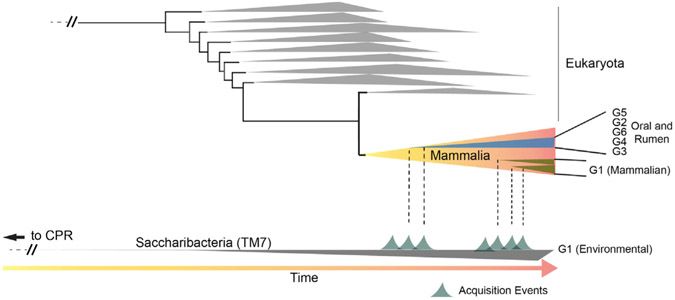Figure 7. Hypothetical Schematic Representation of the Temporally Separated Acquisition Events that May Have Led to The Observed Diversity of Saccharibacteria within Mammals.
Shown near the bottom is the Saccharibacteria branch of the CPR tree, and near the top are the branches in the tree of Eukaryota, with the class Mammalia branch expanded for presentation purposes. Time is indicated at the bottom of the figure by an arrow from left to right. Potential acquisition events in which a member of the Saccharibacteria originally present in the environment was transferred to a mammalian host are also indicated on the Saccharibacteria branch. The expansion in diversity and the time from acquisition for major groups of Saccharibacteria found in mammals (both oral and rumen) are shown within the Mammalia branch. The differences in genomic diversity between the G1 and G2–G6 groups across the Saccharibacteria phylum at the present time in Mammalia could potentially be explained with temporally separated acquisition events. The lack of major genomic variation in gene content and gene order (synteny) between the mammalian associated G1 and environmental G1 (found in groundwater with the majority of the CPR) suggests that mammalian acquisition of the Saccharibacteria G1 from an environmental source was likely a more recent event than that of the G2–G6 groups.

